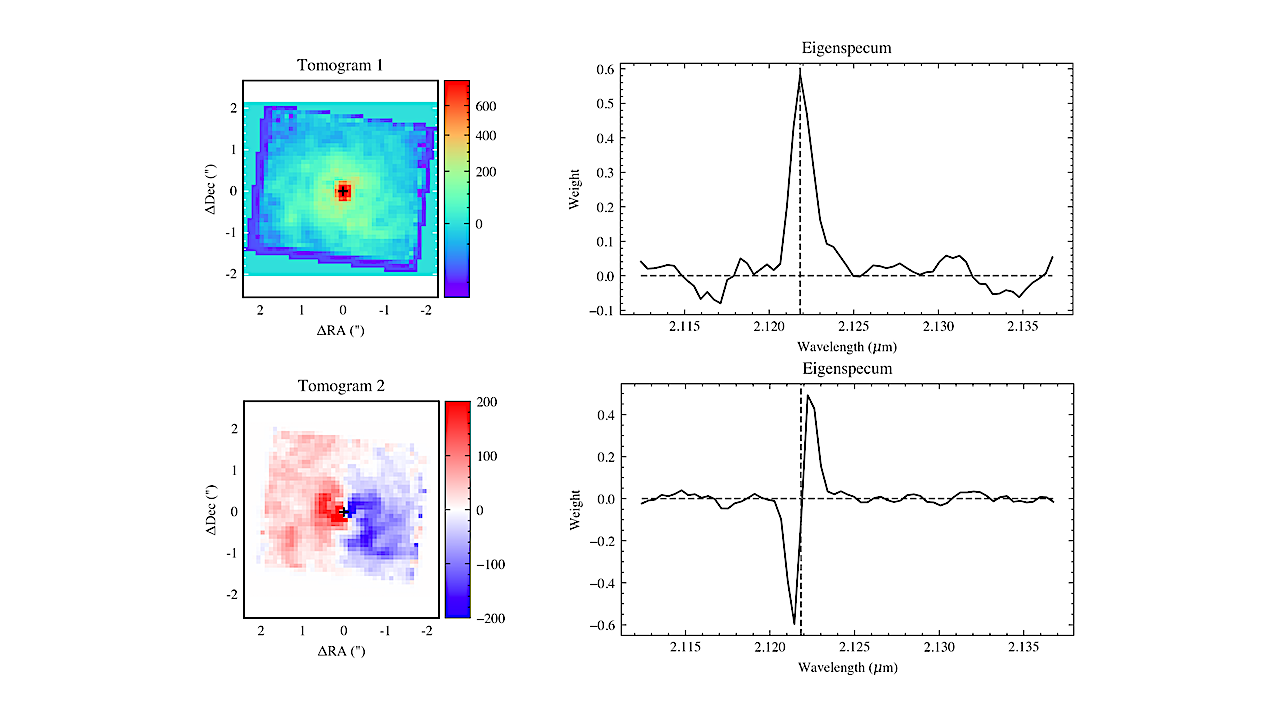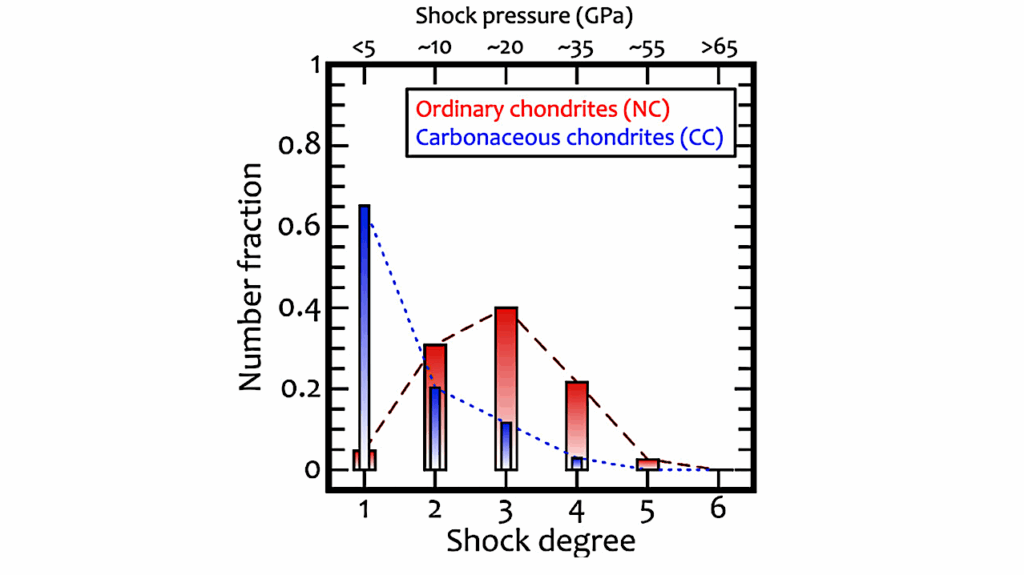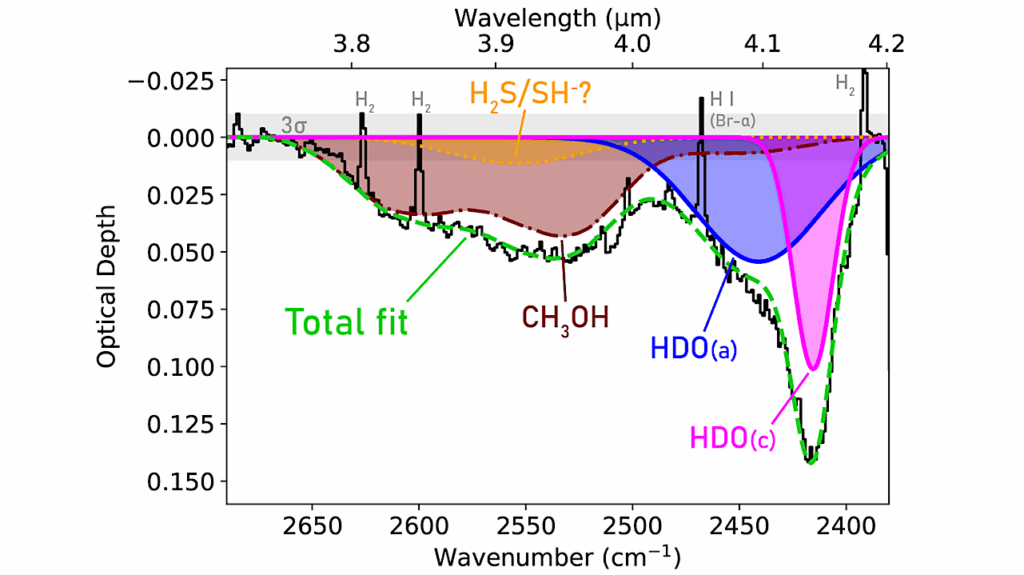The Kinematics of Polycyclic Aromatic Hydrocarbons (PAHs) in Galaxies revealed by Principal Component Analysis (PCA) tomography with JWST/NIRSpec

Polycyclic Aromatic Hydrocarbons (PAHs) are organic molecules which comprise the smallest particles of dust in the interstellar medium (ISM). Due to their broad/complex emission profiles, obtaining kinematics is a challenge with traditional methods, especially before the advent of the JWST.
In this work we employ Principal Component Analysis (PCA) tomography to analyse JWST/NIRSpec IFU data of 3 nearby luminous infrared galaxies (LIRGs), namely, NGC 3256 N, NGC 3256 S and NGC 7469. We detect the signature of rotation in the second principal component of the 3.3 μm PAH feature in all three targets. We construct velocity maps from the principal components for the 3.3 μm PAH feature, Brβ (2.625μm) and molecular hydrogen, H2 1-0 S(1) (2.12μm).
We find that in each target, the PAHs qualitatively follow the rotation of the galaxy, consistent with the rotational signature derived from Brβ and H2. There are however some differences, with the PAH rotation in NGC 3256 N appearing at a different position angle, which suggest differences in the motion of the dust as compared to the gas. This kind of analysis opens a new window into this key component of the ISM.
Fergus R. Donnan, Dimitra Rigopoulou, Ismael García-Bernete
Comments: Accepted for publication in MNRAS Letters. Online supplementary material is included
Subjects: Astrophysics of Galaxies (astro-ph.GA)
Cite as: arXiv:2405.13669 [astro-ph.GA] (or arXiv:2405.13669v1 [astro-ph.GA] for this version)
Submission history
From: Fergus Donnan
[v1] Wed, 22 May 2024 14:09:33 UTC (11,652 KB)
https://arxiv.org/abs/2405.13669
Astrobiology, Astrochemistry,








